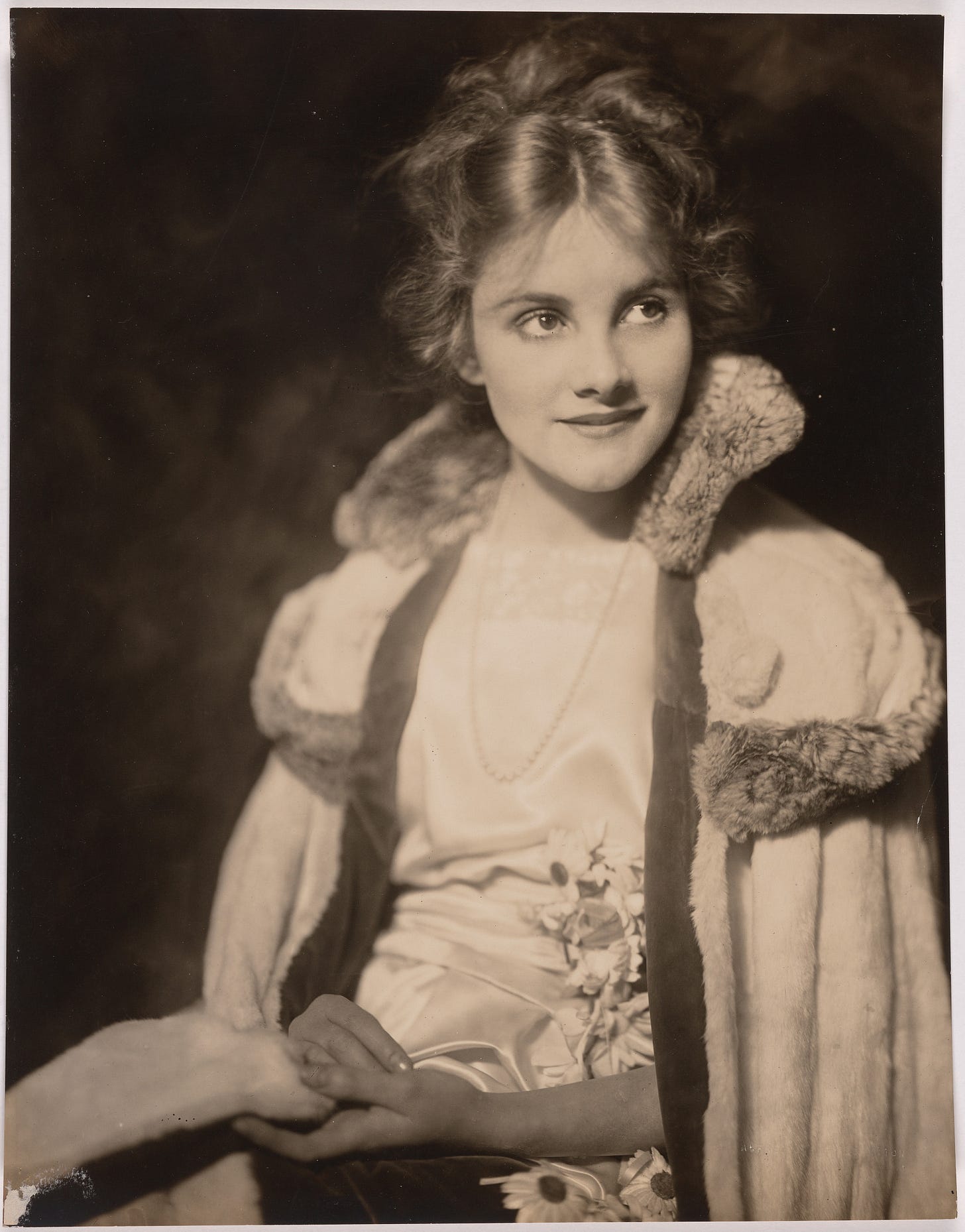Jeanne Eagels in The Letter (1929)
A fresh restoration will play MoMA's To Save and Project Festival on Jan. 13 and 25

One good thing the Siren can say about Babylon, and listen closely because this one good thing won’t have much in the way of future company, is that Damien Chazelle’s opus has put some attention on Jeanne Eagels. The press materials and Chazelle himself have cited E…


